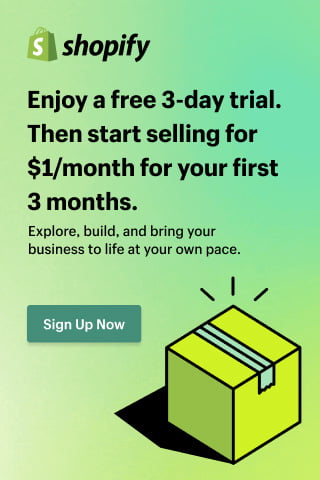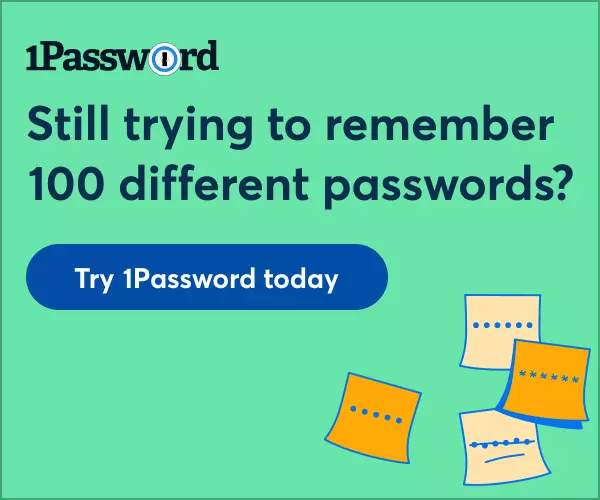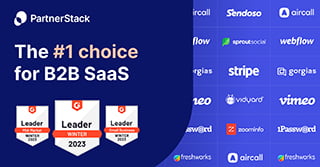Marketing
How Marketers Are Winning Without Third-Party Data

Due to the loss of third-party data, social media marketing on Facebook, Instagram, and Twitter is less attractive to marketers. Today it’s a first-party and zero-party world. Marketers know businesses need to think and act differently regarding marketing. What worked last year or previous years won’t work today or tomorrow.
To be successful now, marketers are evolving their strategies just use first-party and zero-party data. Plus, they’re engaging with customers on different channels, including TikTok and blogs.
This business blog post looks at how marketers are winning without third-party data. Let’s start by looking at the three types of data capture.
Types Of Data
Our number one resource of information for this article is VentureBeat, and they describe the three types of data.
Third-Party Data
As the name implies, third-party data is information collected by cookies on sites, including social media networks like Twitter and Facebook. It’s indirect, i.e., the data collected is sold to third-party analytics companies that provide it as a service. However, using third-party data was always going to end badly after the fallout from the leaking of Cambridge Analytica data to influence the outcome of Elections in the USA and Europe.
First-Party Data
Where third-party data collection is indirect, first-party data is the opposite. It is data collected on a site for that site’s use. For example, a site visitor looks at socks and can use that information to market socks and other relevant products to that visitor.
Zero-Party Data
This is where it gets interesting, as zero-party data is still data, so its meaning is not exactly as it reads.
Zero-party data is data the visitor intentionally provides in exchange for something, e.g., a discount or giveaway. For example, you visit an online retailer for the first time, and a popup says you can get 10% off your first purchase when you provide your email address.
Who doesn’t love a discount, especially on your first purchase?
How Marketing Strategies Are Evolving
Every business needs to understand its customers, and now this action happens on-site and in communities on social media. A site visitor signing up for email communication in exchange for a discount on their first purchase makes email marketing relevant and targeted.

CTA on Tommy Hilfiger site
Email Marketing
Collecting email addresses compliantly has never been so easy and mutually beneficial to the consumer and the business.
There is a saying, “to get, you need to give,” and marketers have worked out they can create leads from site signup promotions.
First-party and zero-party data is captured compliantly. Marketers can target or segment email list subscribers so they can send them relevant emails based on data collected that proves a direct connection with the site’s products or services.
Consumers know they will get the marketing emails as they provide their email addresses.
However, the consumers have the power, as they can unsubscribe from the emails and still claim their discount on their first purchase.
Marketers work hard to ensure the emails are wanted, so subscribers don’t unsubscribe. This style of email marketing is not reliant on third-party data, yet the reach marketers are accustomed to can be achieved, which saves time. Plus, with measurement, they can capture more first-party data for more targeted marketing campaigns. 🙂
Social Media
Many businesses see Facebook, Instagram, etc. offering less value without third-party data.
Other social networks now look more appealing, like TikTok. When a business forms a community and actively engages with it, plus posts direct messages to its followers and customers, it leaves a positive lasting impression.
Blogs
We’ve always been big fans of blogging. Interactive content is one vehicle for collecting zero-party data to use in marketing. For example, some of the types of zero-party data channels include:
- Polls
- Quizzes
- Surveys
- Online games
- Calculators
To improve engagement, business bloggers know they need to work smarter and create unique and relatable content for the visitor. Interactive content that’s part of a story or article on a niche topic ups the level of engagement and stickiness.
Blog visitors more connected to the blog will participate in the poll or quiz and leave their feedback in the comments section. All this interaction is considered zero-party data that’s transparent and opt-in.
Google Analytics presents zero-party data via its measurement of site visitors and, with deeper connections created with blogging, understanding demographics, etc., improves marketing campaigns.
Final Words
Third-party data was where marketers went for large-scale campaigns. Today marketing now uses first-party data and zero-party data.
To capture the data compliantly, businesses are acting differently on social media. Creating communities and using direct messages to foster single-person relationships is their way of reaching customers and getting their data.
Is it more costly and time-consuming? We’ve not found any statistics to say either way; however, the data captured is freely provided by the customers and prospects. The same is true for site engagement. Businesses and marketers using site signup promotions and interactive content on blogs collect data that is provided by their followers. Growing compliant active customer databases is where the actual value is for businesses.









